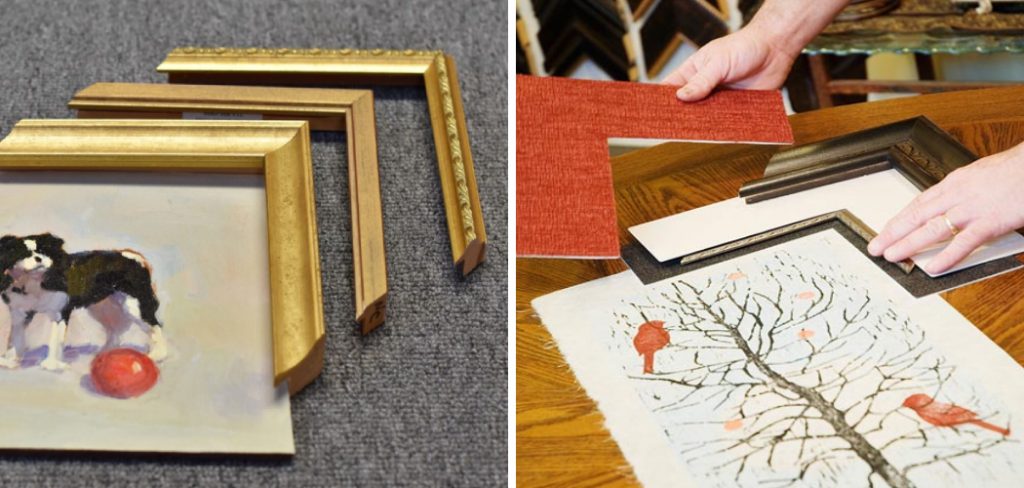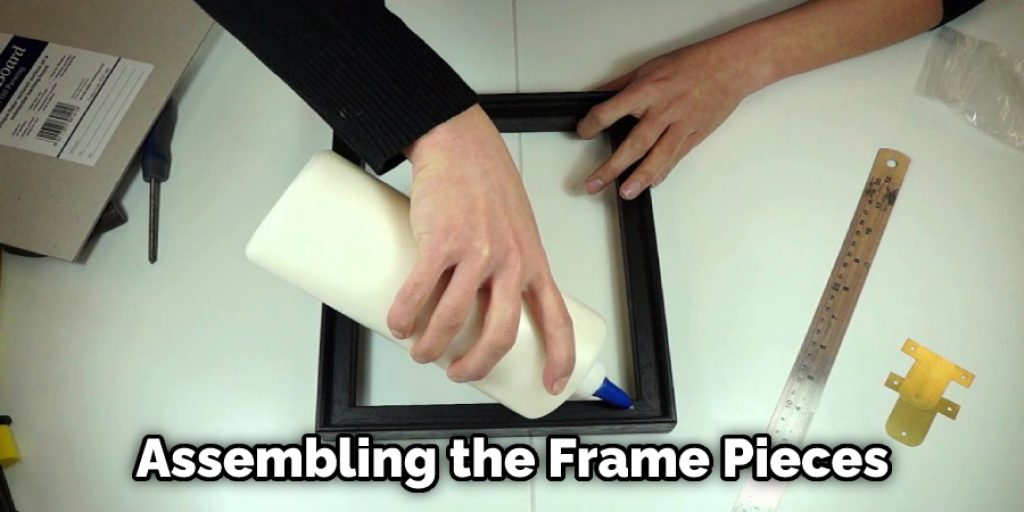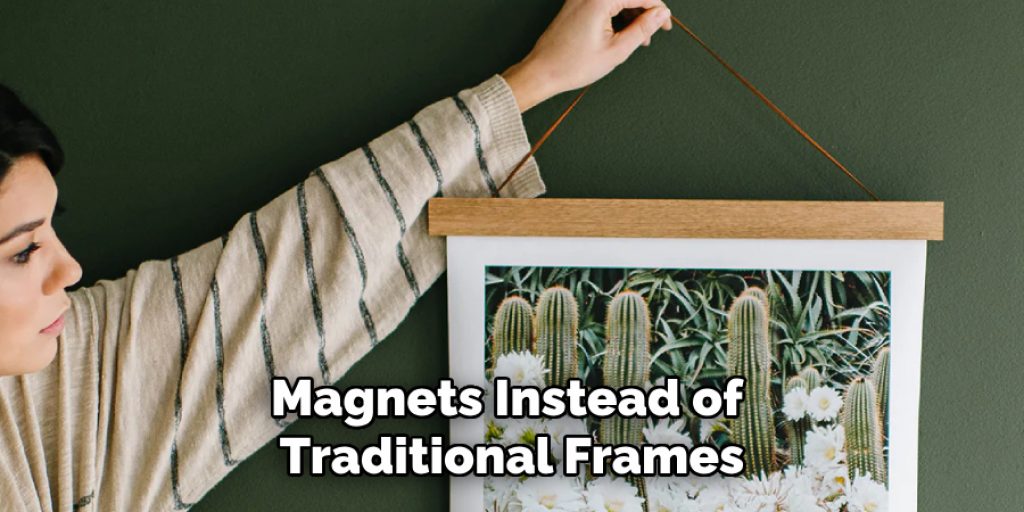How to Frame Unstretched Canvas Art
Framing art can be a daunting task, especially regarding unstretched canvas paintings. Unstretched canvases are often thinner, less rigid, and prone to wrinkling or warping, making it more difficult to achieve a professional-looking frame. This tutorial will show you how to frame unstretched canvas art like a pro!

What Is Unstretched Canvas Art?
Unstretched Canvas art is artwork that is not affixed to a frame or stretcher bars. Instead, the canvas is usually rolled up or stored flat, and the artist may choose to display it as is or stretch it over bars before exhibiting it. Unstretched canvas art has several advantages over traditional stretched artwork.
First, it is easier to transport and store. Second, it gives the artist more flexibility in displaying the work. third, some collectors prefer the look of unstretched canvas art, as it can appear more “raw” and “unfinished.” Finally, unstretched canvas art often costs less than traditional stretched artwork, making it more affordable for many buyers.
Whether you are an artist looking for a new way to display your work, or a collector searching for a unique piece, unstretched canvas art may be a perfect choice.
Why It’s Important to Frame Unstretched Canvas Art?
Canvas art is becoming increasingly popular, but many people still choose to frame their canvas paintings. Although at the same time, it may seem like an unnecessary expense, there are several good reasons to frame your canvas artwork. First of all, a frame protects the painting from damage. It also helps to prevent the colors from fading over time.
In addition, a frame can enhance the overall appearance of a painting, making it look more finished and polished. When choosing a frame, it is important to select one that complements the colors and style of the painting. With so many different options available, it is easy to find a perfect frame for any work of art.
Tools and Materials
- Stretched canvas or painting on panel (preferred)
- Molding or trim of your choice
- Foamcore or matboard
- Ruler or tape measure
- Craft knife or blade scorer
- Paintbrush (optional)
- Pencil
- Level (optional)
How to Frame Unstretched Canvas Art Step by Step Guide
1. Measure and Outline
Before you begin framing your canvas art, it’s important to take the time to measure and outline the artwork. This will give you a better idea of how much space you have to work with and how large each frame piece should be.
2. Select Your Frame Components
Once you have your materials, it’s time to select your frame components. You’ll need four main pieces: two lengths of wood for the top and bottom and two lengths of wood for the sides. You can use any wood, but we recommend something sturdy and lightweight, like pine or cedar. You’ll also need four small L-brackets, screws, and nails.
3. Cut and Assemble
Once you have your materials, you can begin cutting and assembling the frame pieces. Start by cutting your top and bottom wooden lengths to the desired size, then attach L-brackets along each side of the frame. Next, measure out and cut two pieces of fabric or paper to fit over the canvas, securing them in place with small nails or screws.

4. Stretch
Now it’s time to stretch the canvas material. Begin by stapling one side of the fabric or paper to the back of the frame, then pull it taut and staple the opposite side. Repeat this process on the other side, keeping the fabric or paper as tight as possible. Once both sides are secure, you can trim any excess fabric or paper from the edges of the frame.
5. Hang and Enjoy
Your new frame is now ready to hang! You can use nails, screws, or adhesive strips to secure it to the wall. And that’s it! You’ve created a beautiful and professional-looking frame for your unstretched canvas art with a little time and effort.
Now that you know how to frame unstretched canvas art, you can choose the perfect frame for your painting or photograph. With so many different options available, it is easy to find a perfect frame for any work of art.
You Can Check It Out To Tune Aero Ports
Other Framing Options You Can Consider
1. Matting
Depending on the look you want to achieve, you can use a frame with or without a mat. If you use a mat, make sure it is acid-free to protect your canvas.
2. Decorative Tape
If you’re looking for a casual, less-formal framing option, decorative tape can be great. This option works best with smaller pieces of art and prints. In addition, there are a variety of colorful tapes available that can add some fun pops of color to your artwork.
3. Clips or Magnets
If you are looking for a quick and easy way to frame your unstretched canvas art, you may want to consider using clips or magnets instead of traditional frames. Clips and magnets work by attaching the edges of your artwork to the edges of a backing board, allowing it to be displayed with minimal effort.

While clips or magnets are not as elegant as traditional frames, they are a great option if you are looking for a quick and easy way to display your artwork.
How Do You Frame a Rolled-up Canvas Painting?
Several different techniques can be used to frame a rolled-up canvas painting. The first and most common approach is to mount the canvas onto a sturdy, wooden panel. This is usually done by stretching the canvas over the panel and placing it on all four corners.
Once the canvas is mounted, you can add an archival backing board and a frame, typically made from hardwood or composite materials. Alternatively, you could also mount the painting on a gatorboard instead of using a wooden panel.
Gatorboard is a heavy-duty foam board that provides extra support and protection for your painting when it’s rolled up. At the end of the day, however, whatever method you choose will ultimately depend on your specific needs, budget, and personal preferences. So go ahead and find the right way to showcase your artwork today!
Frequently Asked Question
What Can You Do with Unstretched Canvas?
There are a few things you can do with an unstretched canvas. You can either stretch it yourself or have a professional do it. If you have the equipment and know-how, you can also frame it yourself. However, if you’re not comfortable doing any of those things, you can always take it to a framing shop and let the professionals do it.
Do You Stretch a Canvas Before or After Painting?
There is no right or wrong answer – it depends on how you work. Some artists prefer to stretch the canvas before painting, giving them a more even surface to work on. Others find it easier to work on an unstretched canvas and will stretch it after they have finished painting.

Conclusion
Framing your unstretched canvas art is a great way to give it the finishing touch. By choosing the right frame and mat, you can make your artwork pop. We’ve provided some tips on choosing the perfect frame for your piece, so be sure to read them before you get started. Have you framed your unstretched canvas art yet? If not, what are you waiting for? Thanks for reading our post about how to frame unstretched canvas art.
You May Also Read: How to Remove Stains From Canvas Painting
You can check it out to Turn Coloring Pages Into Wall Art




